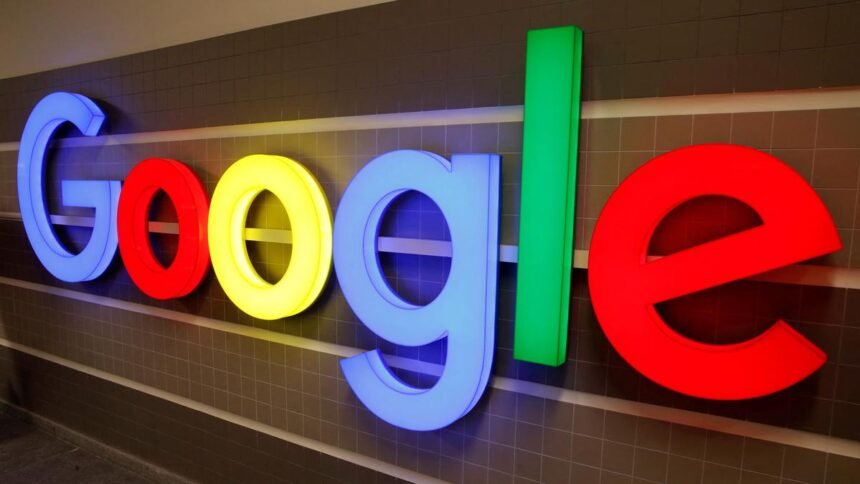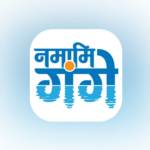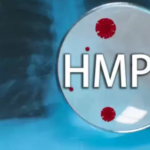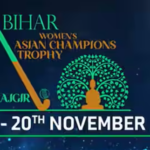On September 15, Google said that it is updating Bard, an AI-powered chatbot, by integrating it with apps like Gmail, Docs, YouTube, and Flights to give users a more beneficial and multimodal experience. This project is known as Bard Extensions.
Google and Bard AI Integration
In a press conference, Google’s VP for Bard, Amar Subramanya, said, “We are marrying the extraordinary potential of generative AI with the Google programmes you use every day for the first time, including Gmail, Docs, YouTube, Flights, and more.Planning a family vacation was used by Subramanya to demonstrate how Bard Extensions could save users time by letting Bard work with the appropriate apps rather than requiring them to search through all of Google’s products in order to find the best deals on airfare, hotels, and family-friendly activities.
For each user request, Bard will automatically choose the best extensions, and Subramanya stated that privacy was a “key tenet” of the new upgrade. Users will have transparent access to the data from Gmail, Docs, and Drive entered into Workspace Extensions, and only the relevant extensions will be called. Additionally, according to Subramanya, the submitted content won’t be seen by human reviewers, used for machine learning, or used to display advertisements.Other Bard enhancements include a new “Google it” button that will enable users to have the chatbot verify its English-language responses and link those responses to sources that support them in an effort to combat AI delusion. Additionally, Bard will be able to join in on ongoing chatbot discussions that are shared with other collaborators and answer with images.
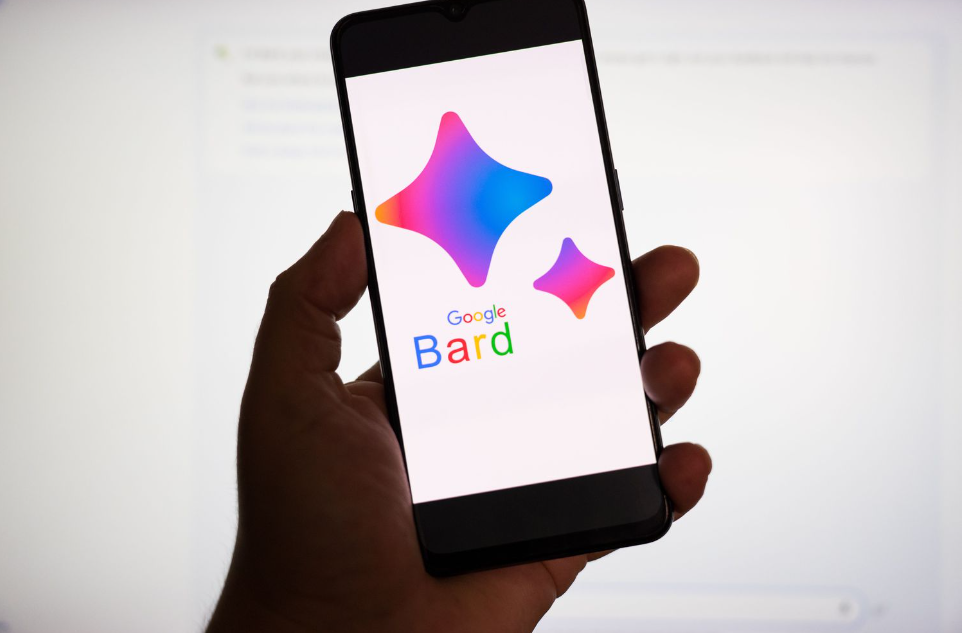
Hallucination is a condition when large language models (LLMs) confidently provide erroneous responses. Subramanya admitted that this phenomenon was a “hard research problem,” but claimed that progress had been achieved in the six to eight months following the publication of Bard.
Subramanya said that Google was still in the early stages of developing generative AI but that the company was taking a “bold and responsible approach” when bringing this technology to users. The Hindu had asked about Bard generating almost verbatim excerpts of works like published novels and the protection of these copyrighted materials.
Today, we cite the source of the content very clearly in the body UI so that as a user, you are very clear about where the content may be coming from when Bard does produce a response with a number of words or when the number of words in the span is greater than, I believe, 160 characters. Next, you cango to that source and explore further,” he said..
Several litigants have filed lawsuits against Google in the United States this year on the grounds that the firm improperly harvested their creative data for its AI products. According to one writer, Bard could nearly completely recreate their work.
Subramanya also referenced Bard’s new “Google it” button as a mechanism for users to access the works that are protected by copyright when they are mentioned in chatbot responses, but she did not go into specifics on how Bard will put copyright protection measures into place.
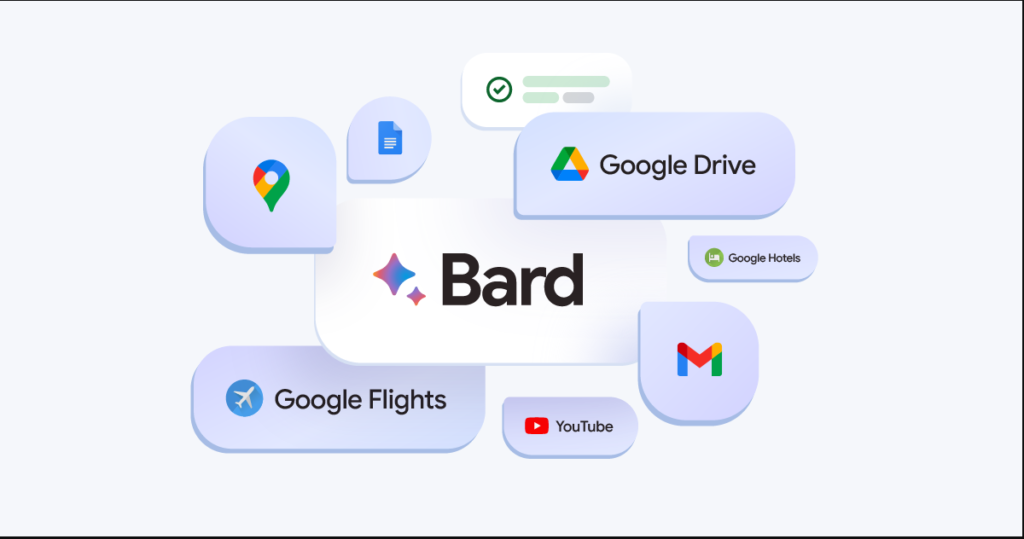
According to the corporation, Bard currently supports more than 40 languages and 180 countries. Users with Google consumer accounts, not enterprise accounts, will be able to use Bard Extensions.
According to Subramanya, it will probably coexist with other AI-powered goods and services like Google Duet.
The Department of Justice claimed that Google established its dominance of the search industry by making its product the default across devices and driving out competitors, and the search engine behemoth is currently facing a huge antitrust trial in the U.S.
These allegations have been refuted by Google, which asserts that users switched to its search engine and browsers because it had a superior offering to its competitors.
ALSO READ :8 Significant Issues With OpenAI’s ChatGPT







